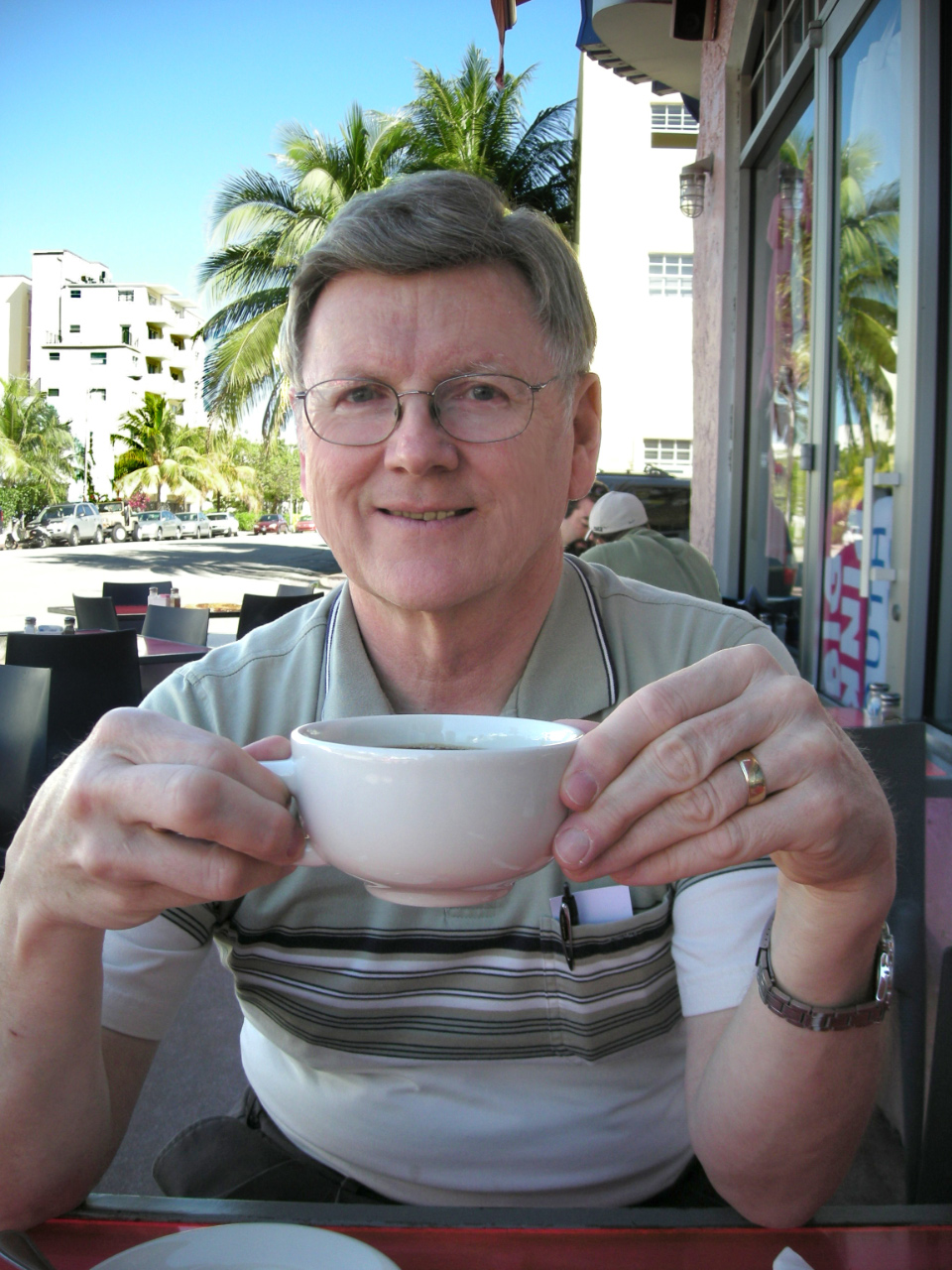Day five of our trip began with a visit to the three temples at Wadi el Sebua where we anchored overnight. We awoke to a view of the sun shining on the walls of the temple of Dakka, the second temple we visited at this stop. The Movenpick's Prince Abbas, which shadowed us along the entire trip, once again had a more favorable dock position. We boarded our launch for the trip ashore to visit the temple of Ramses II.


Sharp-eyed readers might note that the "four-day cruise" on lake Nasser actually consists of two days cruising - one day going from Abu Simbel to Wadi El Sebua and a second day going from Wadi El Sabou to the Aswan High Dam. The other two days we were simply on board in the ports.
The
first temple we visited at Wadi el Sebua, "The Temple of Ramesses-Mery-Amun in the Estate of Amun,"
is a classic temple from the reign of Ramses II. Wadi el Sebua
translates as "Valley of the Lions," derived from the avenue of sphinxes
that lead up to the temple. The temple was moved about two and a half miles northwest from
its original location to bring it above the rising waterline.
There
was once a pair of statues of Ramses standing proudly at the front of
the temple. One which had been lying flat on the ground through at
least 1998 about 100 yards from the temple was moved along with the temple and placed in a similar position (it is pictured on the cover of Jocelyn Gohary's book.) I looked for it and asked about it; I was told that it has
been restored and placed at the entrance to the Cairo Museum.
We approached the temple past the crumbled remnants of two mud-brick pylons, along the alley of sphinxes to reach the remaining pylon in front of the temple.
Inside, Salim pointed out highlights of the stone carvings, including some early explorer's graffiti.




Back outside, we noted the nice view of the lake from the front of the temple site.
It's a half-mile long walk from the Ramses temple to the second temple, from the Greco-Roman era, the temple of Dakka. This temple has been moved about twenty-five miles from its original location to this area. Transportation is offered via camel or tuk-tuk; we chose to walk while our Spanish friends, Carlos and Concha, commuted via camel.


The tall
Pylon in front of the Dakka temple is its most prominent feature.

Inside the temple proper, there are some attractive well-preserved ceiling paintings.

Column capitals are also a feature of this modern Greco-Roman period.



The
third temple, between the temple of Dakka and our waiting launch is a
small unfinished Roman temple of el-Mahrraqa. Its claim to fame was a
spiral staircase in one corner.


A tiny fishing village and boat launch ramp lies near the final two temples.
Upon returning to the ship, we were offered an afternoon tour of the kitchen, bridge and other operational areas.
Our skipper kept a close eye on his navigation tasks but let the two youngsters on the cruise sound the ship's horn.


The gaming lounge was occupied by several of the Americans on the tour.

Following a delightful sunset on the lake and dinner, the usual Nile cruise entertainment of Nubian music and dance was provided in the lounge. (39 second YouTube Video here.)


Our dinner featured a special treat; we had been advised to try the local Bolti fish, (a type of Tilapia) while in southern Egypt. Linda asked the head chef if they ever prepared it and the chef promised to prepare a special dish of it for us. He delivered it personally to our table where we shared it with Carlos and Concha.
















No comments:
Post a Comment